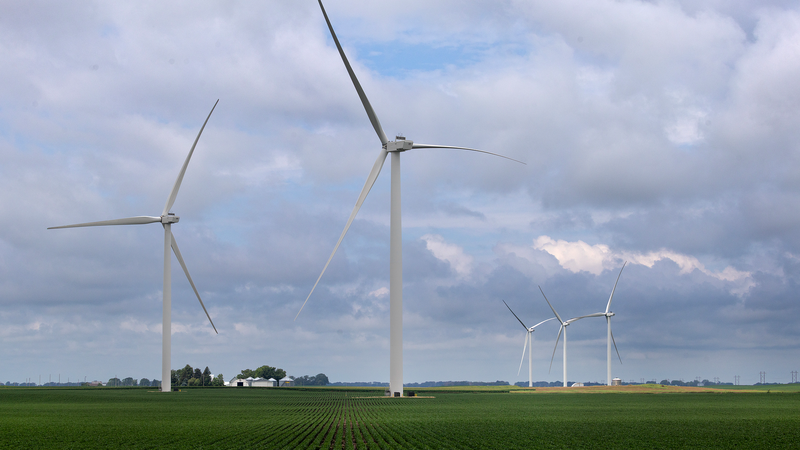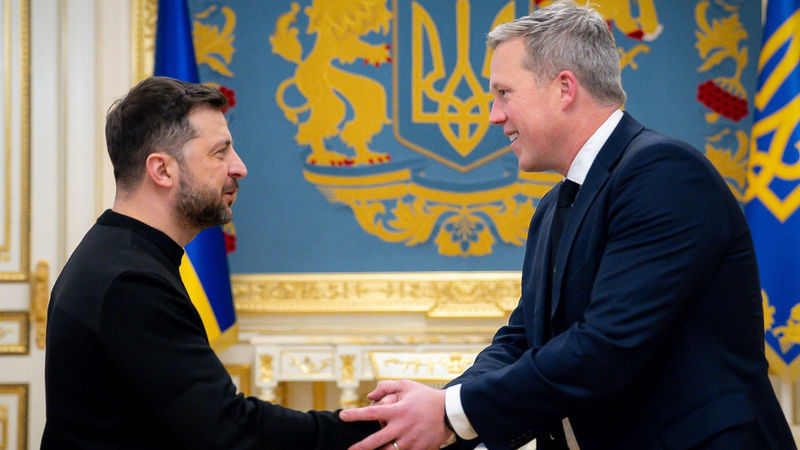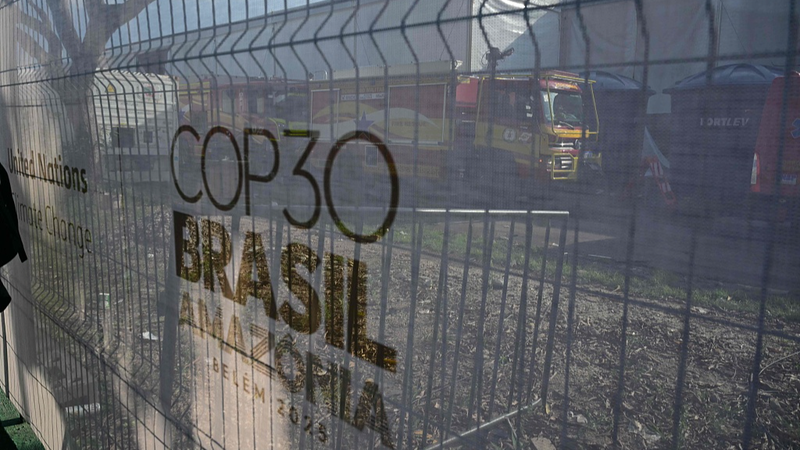In a move that's shaking up the global clean energy landscape, the U.S. Department of Energy (DOE) announced it has axed funding for 223 projects most of which were focused on renewables and emerging clean technologies. The decision affects 321 financial awards worth nearly $8 billion.
According to the DOE's press release, these projects "failed to meet the economic, national security or energy security standards necessary to justify continued investment." The broad sweep comes as part of a federal funding freeze tied to a partial government shutdown, halting approvals for new wind and solar initiatives while allowing oil and gas activities to proceed using carryover budgets.
Russell Vought, the White House budget director, took to social media platform X to criticize the terminations, calling the now-canceled funds "Nearly 8 billion dollars in Green New Scam funding to fuel the Left's climate agenda." This follows a similar hold in late May, when the previous administration cut assistance for 24 emerging energy projects.
For entrepreneurs, researchers and investors who have been riding the green wave, this abrupt U-turn raises questions about the future of clean energy innovation. Data shows that global renewable energy capacity additions hit a record in 2023, with solar and wind installations growing by 15% year-on-year. With the U.S. a major player in global energy markets stepping back, emerging markets and private investors may need to pick up the slack to keep the momentum going.
Thought leaders are weighing in: policy expert Dr. Maria Singh warns that pauses in federal funding can slow down supply-chain optimizations and cost reductions, potentially driving project costs up by 5%–10%. Meanwhile, startups in the hydrogen, battery storage and offshore wind sectors are assessing contingency plans to stay afloat.
Global citizens, from tech hubs in Berlin to solar farms in India, will be watching closely. The cancellation not only highlights the fragility of government-backed innovation but also underscores the growing role of private capital and international partnerships in filling the funding void. As the clean energy transition accelerates worldwide, shifts like these will shape the road to a net-zero future.
What's next? Stakeholders are calling for clearer policy signals and stable financing channels. In the meantime, the energy community is rallying to find new pathways from green bonds to multilateral funds to ensure that the clean energy revolution stays on track.
Reference(s):
U.S. energy department terminates hundreds of clean energy projects
cgtn.com




